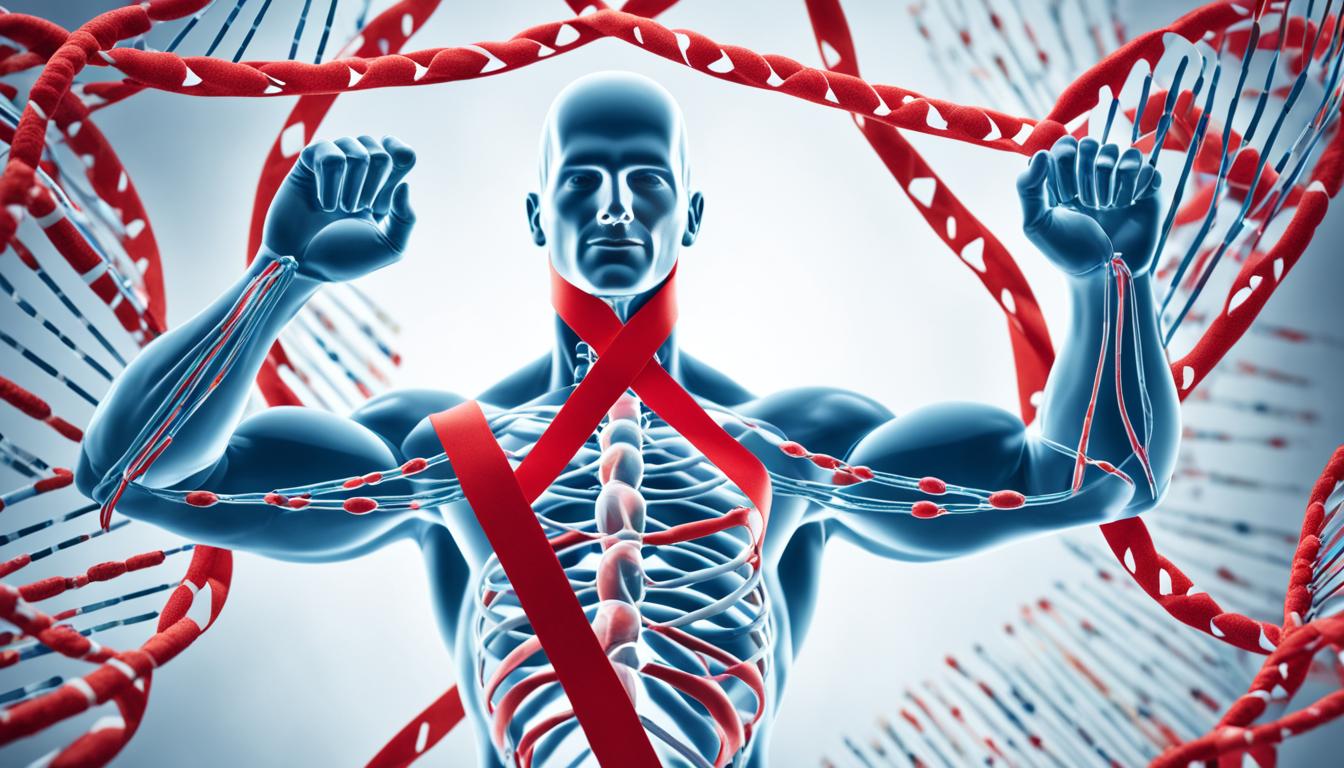HIV is a virus that weakens the body’s defense system. If not treated, it can cause AIDS. You can get HIV from sex without protection, sharing needles, or from a mother to her baby during birth or breastfeeding. The chance of getting HIV from oral sex is low. Yet, it’s key to know that the virus does not live in saliva, tears, urine, or sweat. Also, it doesn’t last long outside the body.
In Sub-Saharan Africa, many people are affected by HIV. Places like South and Southeastern Asia have a high number of cases too. But, HIV is everywhere and affects millions of people worldwide. With effective drug treatments, living with HIV is possible for many. Today, about 39 million people have HIV. This also includes around 2 million kids.
Key Takeaways:
- HIV weakens the immune system and can lead to AIDS
- It is transmitted through unprotected sexual contact, sharing needles, and from mother to child during pregnancy or breastfeeding
- Sub-Saharan Africa and South/Southeastern Asia have the highest HIV prevalence
- Combination drug treatments have made HIV a manageable long-term infection
- Approximately 39 million people worldwide are living with HIV, including 2 million children
Symptoms and Stages of HIV/AIDS Infection
HIV infection moves through several stages. Each stage has its own symptoms and affects overall health.
Acute HIV Infection
At the start, symptoms can be severe and vary. These signs usually show within two to four weeks of catching the virus.
- Fever
- Fatigue
- Sore throat
- Swollen lymph nodes
- Rash
This phase can last for months. The virus spreads quickly at this time. People are most contagious then and can easily pass the virus on.
Chronic HIV Infection
After a few months, HIV moves to a chronic stage. Viral replication slows. Symptoms lessen, mimicking general health problems. This makes it harder to diagnose and easier to spread unknowingly.
Chronic HIV symptoms might be:
- Weight loss
- Fatigue
- Swollen lymph nodes
Remember, symptoms alone don’t show how HIV is progressing. Regular testing and check-ups are key for a right diagnosis and care.
AIDS and Opportunistic Infections
Without treatment, HIV can lead to AIDS. Immune function drops drastically. This makes the body frail to many infections and illnesses.
AIDS can include:
| AIDS-Defining Conditions |
|---|
| Non-Hodgkin lymphoma |
| HIV-related encephalopathy |
| Kaposi sarcoma |
Diagnosis, Treatment, and Prevention of HIV/AIDS
HIV/AIDS is diagnosed through tests that check for HIV antibodies or the virus. Tests like enzyme immunoassay (EIA) and Western blot are done on blood. Early detection is key for quick treatment.
The main treatment is antiretroviral therapy (ART). It uses multiple drugs daily to manage the virus, boost the immune system, and stop the disease from getting worse. Drugs like nucleoside reverse transcriptase inhibitors (NRTIs) and protease inhibitors work well in controlling HIV.
Some look into new ways to treat HIV, like stem cell therapy. This kind of therapy could potentially cure HIV/AIDS. Scientists are doing research and tests to learn more about how effective this method might be.
Preventing HIV’s spread is crucial. This involves safe sex, using condoms, regular testing, and not sharing needles. Teaching the public and raising awareness helps people know how to protect themselves and make smart choices about sex and health.

